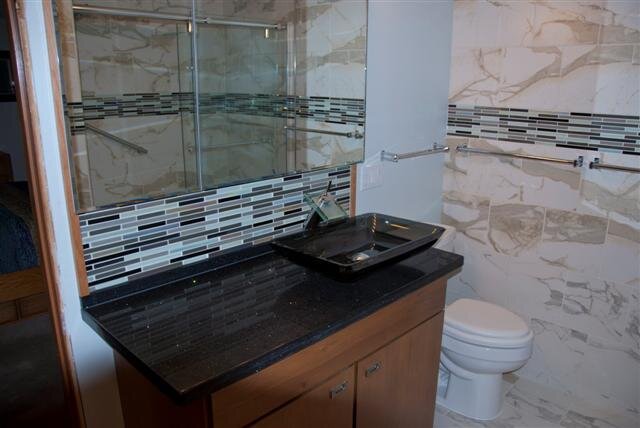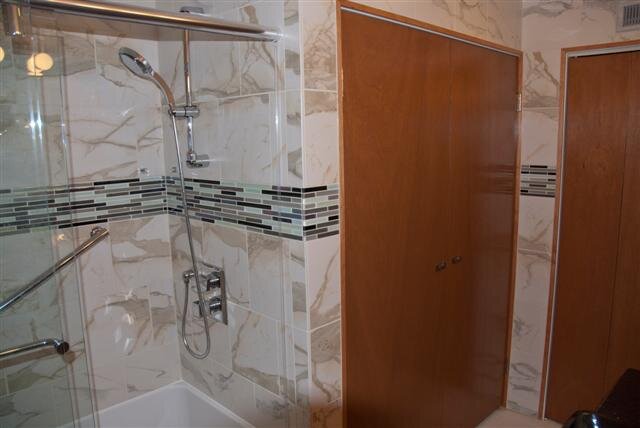R
Rob Z
We've been using TLS all week on a floor and walls, and I'm pleased to report that after I have pulled multiple tiles to check for coverage (after I had tightened the straps), the coverage was excellent and I didn't detect any indication that the ratcheting action of the gun had pulled the tile away from the thinset and left voids.
I'm slowly coming around from my initial skepticism of TLS, about which I was somewhat vocal about calling "bullsh*t" over at another forum several years ago when TLS debuted. TLS has also changed their sales pitch a bit and emphasize that the substrate has to be ready for tile and the tile setter has to know what he is doing (ie: TLS doesn't turn a novice into a master tile setter).
I'm paying about $0.30 per strap, and if I'm doing the math correctly, that is about 0.20 GBP each.
There's no question that it's improving speed for me, and yielding good results on reducing lippage. Probably the best thing is that it's reducing the amount of time fiddling around to get a tile set properly and flush with the adjacent tile, and then it's letting me to "set it and forget it", with the confidence that things are good to go and I can move on.
There are some definate irksome problems with the TLS, which I'll go over it anyone is interested. I have to get up early tomorrow for work, so I'll sign off now.
I'm slowly coming around from my initial skepticism of TLS, about which I was somewhat vocal about calling "bullsh*t" over at another forum several years ago when TLS debuted. TLS has also changed their sales pitch a bit and emphasize that the substrate has to be ready for tile and the tile setter has to know what he is doing (ie: TLS doesn't turn a novice into a master tile setter).
I'm paying about $0.30 per strap, and if I'm doing the math correctly, that is about 0.20 GBP each.
There's no question that it's improving speed for me, and yielding good results on reducing lippage. Probably the best thing is that it's reducing the amount of time fiddling around to get a tile set properly and flush with the adjacent tile, and then it's letting me to "set it and forget it", with the confidence that things are good to go and I can move on.
There are some definate irksome problems with the TLS, which I'll go over it anyone is interested. I have to get up early tomorrow for work, so I'll sign off now.






